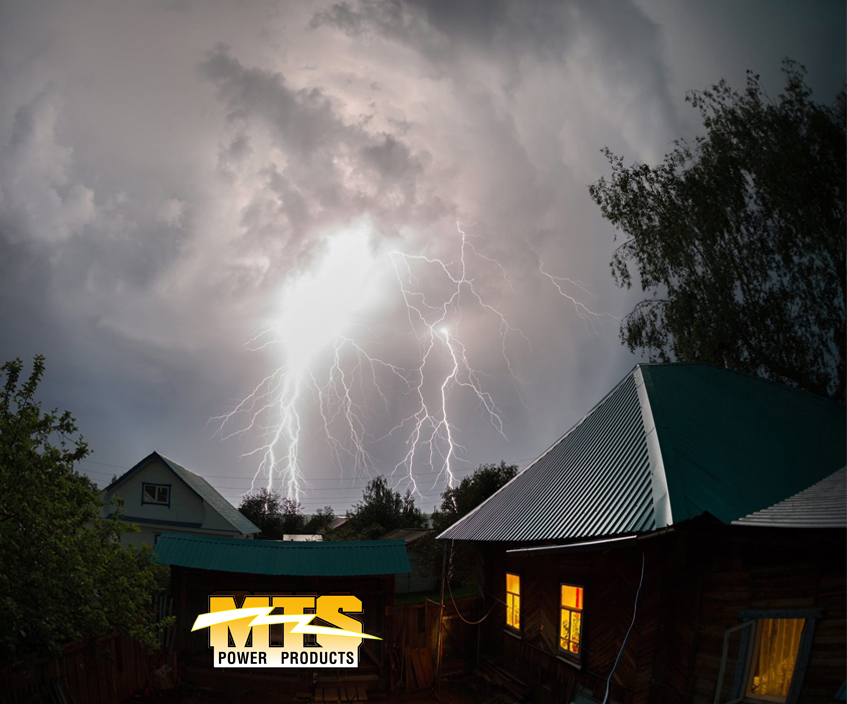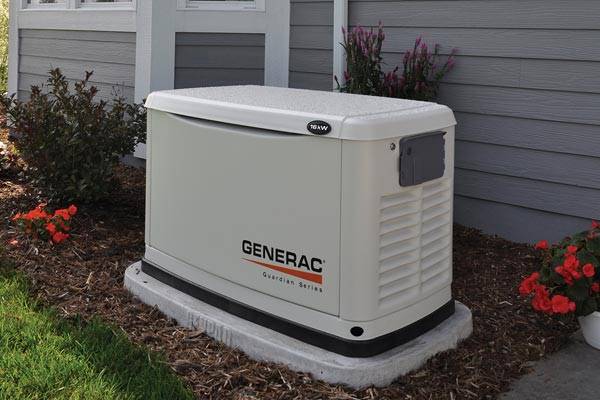Table Of Content

For bigger appliances, look for a solar generator with an inverter rating closer to 2000W or higher. The inverter rating tells you how much power the battery can produce at any given moment. It’s a good idea to get a solar generator with more power than you need just in case you experience a longer than expected blackout. A 1,000Wh solar generator will last about 4 hours (1,000/240) before the battery runs out.
Electric Start
These days most people backup their computer files to the cloud, but for those who don’t, a power outage has the potential to lead to a loss of digital information. For those who have home servers or work in IT from home, having an emergency power source is vital. A standby generator kicks on as soon as there is a power outage so you don’t have to worry about spoilage or fumbling around to find a flashlight. Plus, with uninterrupted power, you can remain informed on any developments with a storm. Champion’s 14-kW model provides the best of both worlds in terms of power and affordability. The model retails for about $4,000 at Norwall Power Systems, placing it in the middle of price among the models we reviewed.

DuroMax Hybrid Portable Generator
LiFePO4 batteries have more lifecycles and thus last a long time even when charged and discharged often. Max solar input has increased from 800W in the Explorer 2000 to 1400W in the Explorer 2000 Pro. With a capacity of 2160Wh, the Li-ion battery in the Explorer 2000 Pro is able to keep up with the consumption of most appliances. For appliances, there are five AC outlets with a combined output of 1400W (1800W with X-Boost). Here are the approximate Delta Mini runtimes you can expect with various devices and appliances. You can combine AC and solar input (6800W max) to charge the Lycan 5000 to 80% in just 1 hour.
Home Generator Installation Cost
This could be through a standby light changing color or an error message. The average cost for maintenance is $200 to $500 a year, depending on the brand and how often the technician needs to come out. Power outages are inconvenient and dangerous, depending on your climate and the length of time your power is out. During the very hot or cold months of the year, your home could reach dangerously hot or cold temperatures. If the power went out for days or weeks, you might have to move out until it is back on.
Best Solar Generators of 2024 - CNET
Best Solar Generators of 2024.
Posted: Fri, 22 Mar 2024 07:00:00 GMT [source]
What’s great about this model is its battery is rated to operate in temperatures ranging from -22 to 104 degrees Fahrenheit. Though it has 14,000 watts of power, the aXis Load Management Module allows homeowners to choose which appliances they need to run and which appliances would be nice to run during an outage. Don't worry about having to be there to start and turn off your Generac home backup generator because it does that automatically--whether you're home or away. No matter where you reside or the current season, this reliable generator is outfitted with a 24-volt starting mechanism that can withstand temperatures anywhere between -22 to 104 degrees.
It’s no wonder 20 million U.S. households have already invested in a generator. The vetting process included reviewing thousands of pages of specifications and test documentation, as well as extensive road testing of models in our homes and labs. We looked closely at power output, since choosing the right size generator for your needs is the crucial first step (more on that in the FAQ at the bottom of the page).
Things to Consider when Choosing a Solar Powered Generator
Its 10,500 watts should be more than sufficient to run a central air conditioner, as well as a refrigerator, so you can feel more confident about keeping your perishables cold. We also note that the XP1300EH is no slouch— it can easily power a central heating or air conditioner unit. So, although this unit comes with wheels, we consider it more of a standby than a portable unit (although its small footprint seems the right size to take on camping trips). We recommend engaging an electrician to install a transfer switch to your house, as well as the necessary cabling to your house's switchbox. Also, this generator appropriately belongs outside and covered.
Beyond those mentioned above, fuel-free alternatives like solar generators are also available. While these generators can help in emergency situations, they’re limited in the wattage they supply and are typically only useful for powering small appliances and devices. To come up with this list, we surveyed our staff on the best home generators they’ve used. Respondents rated whole-home and portable units while considering performance, maintenance, noise level, and value.
But it has all the outlets you need to plug in different kinds of appliances. As far as we can tell, there is no limit on how many batteries you can add to the Titan solar generator. So you can build up as much capacity as you need to keep your home powered in an emergency.
It can power most household appliances but not an entire house. You can power these appliances using any solar generator that offers split phase output. This is where you combine two solar generators to double their voltage and output. I have reviewed many 2000W solar generators with double the number of outlets the Jackery 2000 Pro offers.

Installation costs for a home generator start at around $5,000. Costs can go as high as $11,000 for very complex installations, but most people pay between $5,000 and $6,000. All automatic generators have a manual start option, but all manual generators remain manual. Fuel costs and availability are often the driving force behind your choice. This article was written by Sharon Brandwein, Certified Sleep Science Coach and freelance commerce writer.
Once you’ve figured out your power needs, the next two major considerations are the physical footprint of the generator and the amount of noise it makes. Whether you have a small yard or many acres of land, you’ll likely need the generator near your home, so the size and sound matter. The Briggs & Stratton 10kW generator is the loudest per kilowatt on our list, likely due to its smaller size. Furthermore, this Briggs & Stratton generator does not come with an Automatic Transfer Switch, which must be purchased separately. Champion is newer in the home generator market, but the company is making a reputable name for itself with excellent quality generators built to last.
Assess your essential appliances and systems that need backup power during outages. This evaluation will help you determine the generator’s capacity that suits your needs without overspending. During a power outage, a typical standby generator can run for two to three weeks if connected to a gas line. A standby generator can last between 20 and 40 years with proper maintenance.
Today, you can select from dozens of solar generators designed for home power and standby backup. To keep the lights on, then, you must constantly resupply a gas, diesel or propane generator with fossil fuel. Doing so costs money to buy the fuel, unlike solar power which is free. If your generator is not sized to handle the entire load, you can use a smart load manager to help. Smart load managers prioritize which parts of the home are powered by the unit and let you switch as needed.
Pure sine wave inverters are the best but also the most expensive. They are more efficient, and most appliances work best and at full power when connected to a pure sine wave inverter. In most solar generators, the surge rating is double the standard/continuous power rating. It’s enough to keep your most essential appliances powered and devices charged during an extended blackout. If you are on a budget, it might be cheaper to set up a solar power system instead using solar panels, batteries, a 240V split phase inverter, and a charge controller.

No comments:
Post a Comment